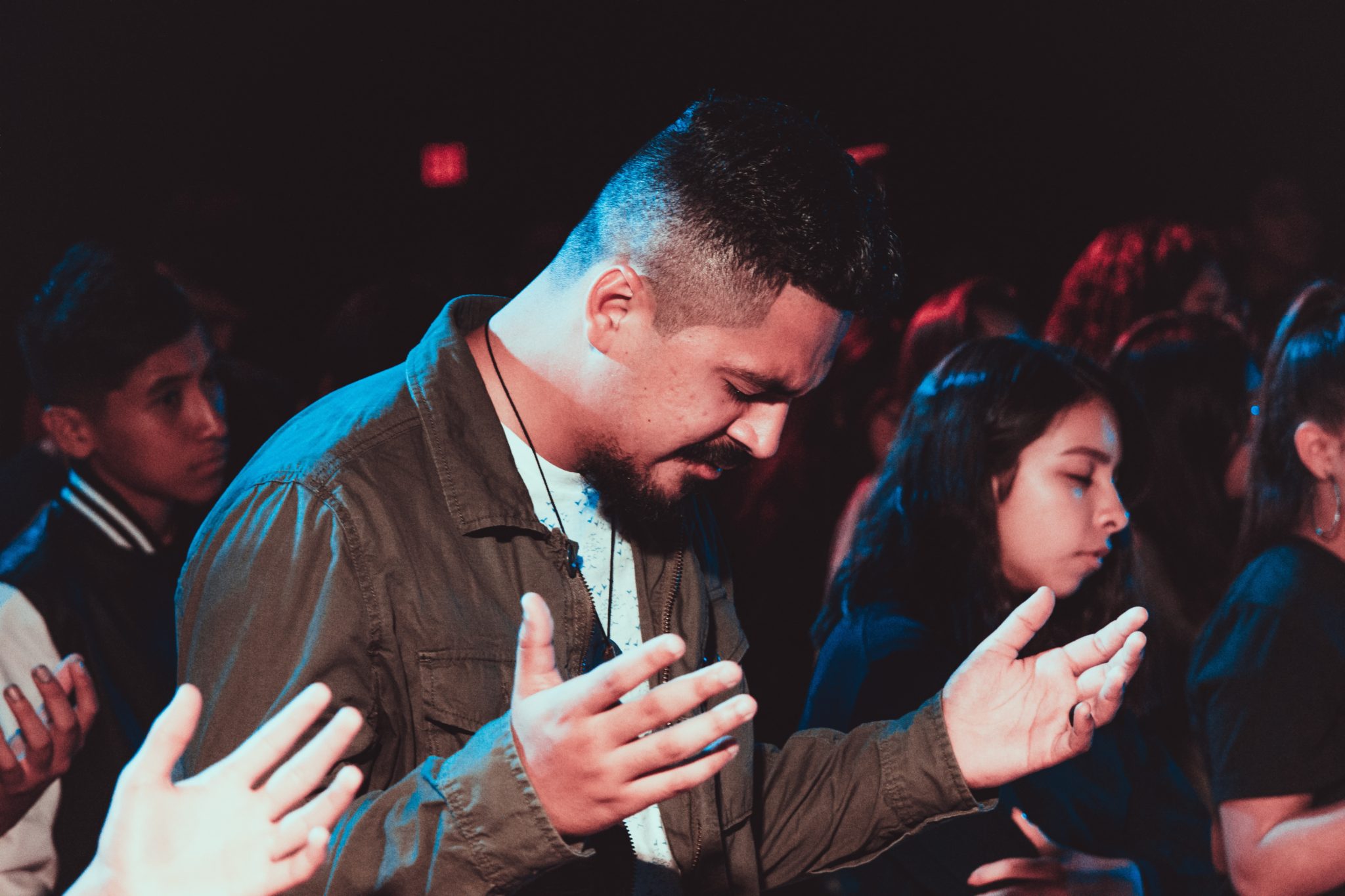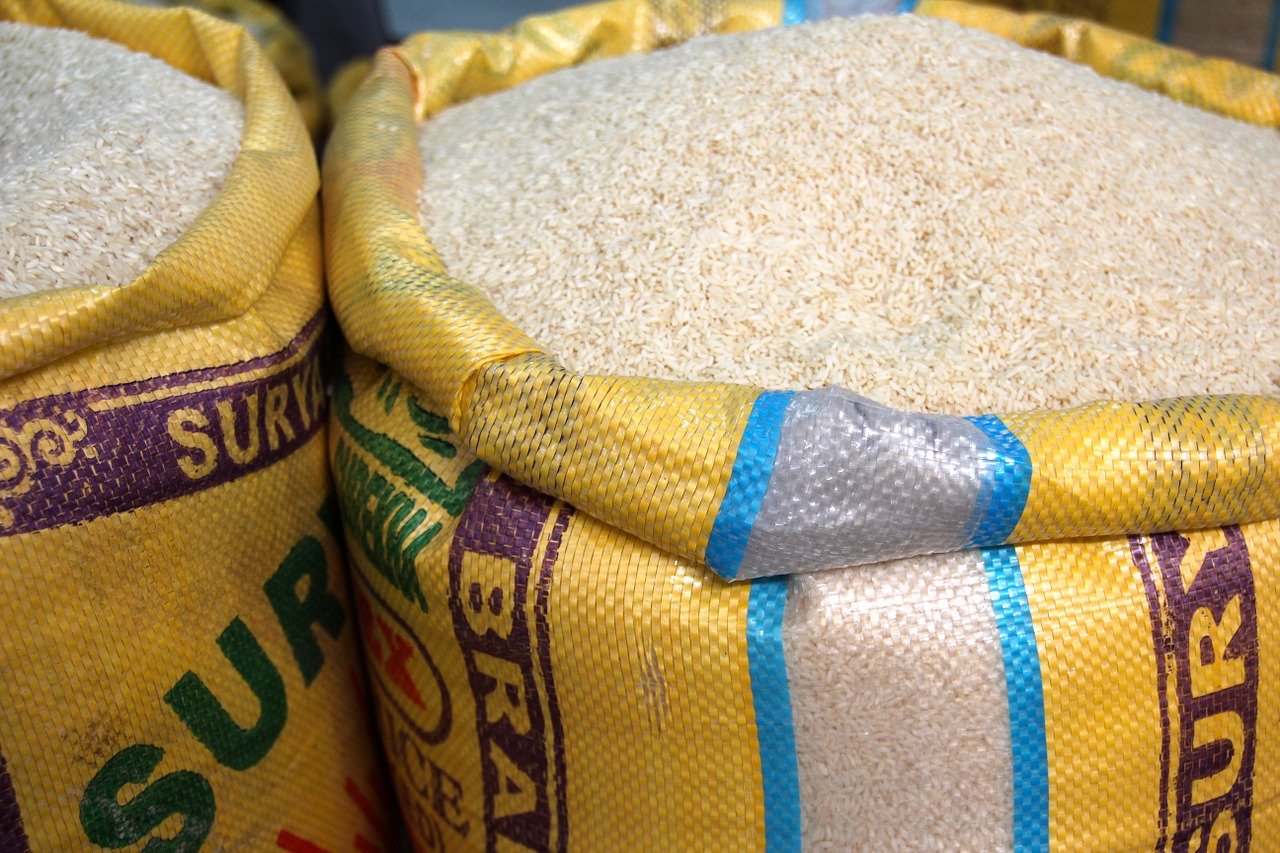Have you ever met a missionary who seemed angry with the people of the country they worked in? Their mouths are always spouting off negative comments about the traffic, the food, and the way of life of the people in their host country? It’s an ugly reality that many missionaries struggle to adapt and love their adopted nation and its people. I’ve been there. No judgments from me.
We can’t stay there though.
Maybe it’s not cultural and external things. At a deeper, more profound level, you feel disgusted with the sin around you.
Unless we develop God’s heart for those around us, we will never be able to reach them. Until we are able to show empathy, compassion and love, our message will fall flat.
Condemnation is Unattractive
I listened to my friend speak. The words came from the mouth of someone I respected – a veteran missionary. I’d learned many things from this person over the years.
As he spoke, I wanted to rush to his side and place my hand over his mouth. “Please don’t say those kinds of things about the people of this land!” My mind shouted. My actual voice stayed silent. I continued to listen.
I could hear the disgust and judgment in his voice. He spoke of the evil practices around him; the sexual immorality, the gender confusion, the ungodly behavior. What he said was not false. But it was said with harshness. Anger was boiling over and spilling out.
“Oh Lord! His judgment creates a bigger barrier to the gospel than anything language or culture ever could,” I thought. It threatened to damaged my opinion of this minister. His words were like an ugly garment wrapped around his being.
Then, I had to look inward. Did I judge and blame those I was trying to reach as well? Was my heart reflecting God’s heart for them? Could I see them from His perspective, as His beloved creation? Made in His image and in need of His love and restoration?
Above all, keep loving one another earnestly, since love covers a multitude of sins.
1 Pet. 4:8
As ministers of the gospel, we desperately need to receive God’s heart for those around us. Apart from His love flowing through us, we will have minimal impact on the lost.
Gaining a Christ-like perspective on others isn’t as easy as it sounds. We must intentionally pursue empathy, compassion, and seek to identify with the needs of others. As we do this, we begin to develop a heart for them.
3 Ways to Pursue God’s Heart for Others
1. Enter With Empathy
One definition of empathy is “the ability to sense other people’s emotions, coupled with the ability to imagine what someone else might be thinking or feeling.”
Often when we hear others express their views or struggles, we focus on offering solutions. We want to help by telling them how to solve their problems.
This the opposite of what they need! Instead, we must try to understand what they are feeling and show that understanding. Being heard and understood is a great human need.
To do this, we step outside of ourselves and listen well. We listen not only to the words, but to the emotions beneath the words. We reflect back to them what we are hearing, showing we have listened well.
You might ask someone “How does that make you feel?” as opposed to “What do you think about that?”
Some of us are natural “feelers.” We pick up emotional cues easily. Others are more intellectual. They are thinkers. For those of us in that category, we must be intentional about developing empathy in our lives.
2. Identify With Their Troubles
When listening with empathy, we then take the next step. We identify with their pain.
I need to make clear what this is and isn’t though. It is not saying something like, “Yeah, I’ve faced those things and even worse! You will get over this soon as I did.” That is not helpful at all. That kind of identification belittles their very real situation and issue. It is a put-down rather than a hand extended to pull them up.
Instead, we might vulnerably say something like, “I am sorry you are going through that. A few years ago, I went through something similar and it was deeply painful. I hurt for you.”
Do you see the difference? Make yourself vulnerable and came alongside as a fellow sufferer. This is especially important in helping people who are suffering due to sin or failure. When we show them that we too have failed, and we too are sinners with areas of brokenness in our lives, it gives hope.
Though you may not have been through the exact thing they are facing, you can still learn to identify with their pain and difficulty. But remember, not from above, but by coming alongside.
3. Extend Compassion
Compassion means “to suffer together.” Berkely.edu says that the difference between compassion and empathy is that compassion includes the desire to do something to relieve the pain of the sufferer. It is empathy plus action.
Matthew 9:36 says that Jesus was “moved with compassion” when he saw the crowds. They were like sheep without a shepherd. He then was moved to do something in response to the lostness He saw.
Compassion is different from pity. Pity “feels sorry” for the person. It says, “I’m so glad I’m not in that person’s position.” It places you above the sufferer, not alongside them.
People do not need pity. They need compassion. They need us to be willing to suffer with them. To be willing to take sacrificial action to relieve their pain, as we walk alongside.
Our Source
If our own ability to receive God’s love is under-developed, we will serve others out of selfish motivations. We want to see ourselves as good people. Heroic dreams fill our minds and hearts. All kinds of wrong motivations sneak into our lives!
It is only as we ourselves receive God’s unconditional love and acceptance that can recognize how He sees others around us. Only as we continually receive from Him, can we give to others the gifts described above. It is God in us expressing empathy, demonstrating compassion, and serving the lost and desperate ones we come in contact with.
We must work on our own heart toward others. A the same time we continue to allow God’s healing to restore our own brokenness. In fact, it is out of that brokenness and pain we minister to those around us. We identify with what they are experiencing because of our own journeys toward wholeness.
How can you show empathy and compassion to those around you today? Let me know in the comments below or on the Missionary Life Facebook group.









